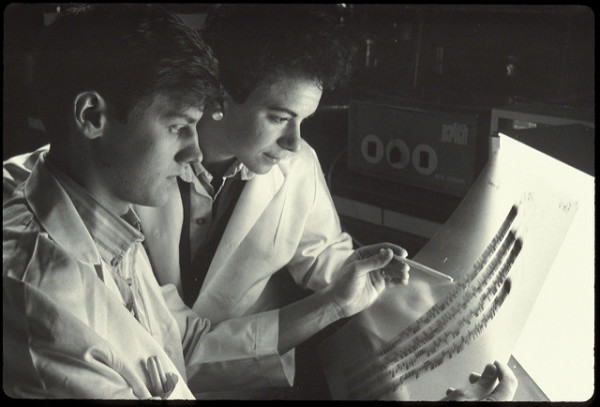Remember the White House’s moratorium on virus research? If you don’t, that’s okay, that’s what we’re here for.
The issue holds that researchers have been modifying certain viruses–SARS, MERS, and influenza–to make them deadlier and more virulent. Although, it’s not without good reason. Doing this allows scientists to study human-pathogen interaction, and gaining a better understanding means better ways of preparing for possible outbreaks and pandemics. The White House, spurred by recent reports of the mishandling of pathogens, requested that researchers voluntarily stop their work while these studies are reviewed.
Image Source: Reptile8488
The review is expected to last a year and the first of many public meetings discussing the moratorium have begun. Researchers argued at one of these meetings that they’re not modifying the virus to make it more deadly for humans, just for mice. The mouse is a model organism, a non-human species used to study processes and disease in the human body. Mice are easy to breed, they’ve been well-studied, and they are relatively similar to humans. That’s not to say that mice are a perfect model for humans; although they work reasonably well for most studies, there are no guarantees that the mouse model will reproduce human processes.
Many scientists have applied for waivers to restart their research, but after the meeting, only the five MERS studies using mice models have been allowed to resume. Additionally, two influenza studies have also been given the green light. The others will still have to wait and see as the review progresses.
Feature Image Source: Sandra Carbajal










